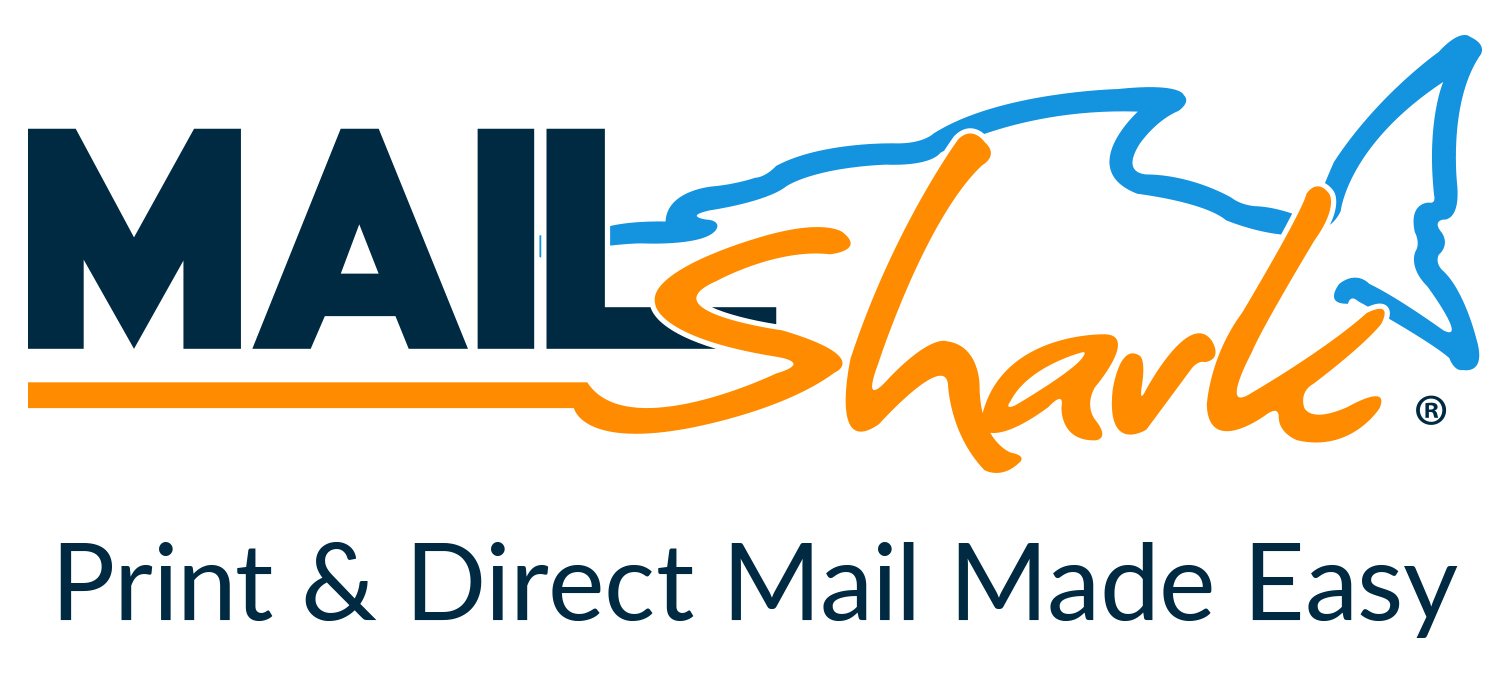Take a deep dive into the world of scan tools with Matt Fanslow, Keith Perkins, Tanner Brandt, and Richard Falco. Together they discuss choosing the right scan tool, maximizing scan tool usage, aftermarket vs. factory scan tools, the power of scan data, subscription fees, the future of diagnostics, AND MORE!
Show Notes:
The best scan tool? (00:02:22) Discussion on the different types of scan tools and their suitability for specific tasks, such as graphing or coding.
Factors to consider when choosing a scan tool (00:05:09) Consideration of the specific needs of the job, including the type of vehicle and the required functionalities, when selecting a scan tool.
Increase in non-drivability issues (00:06:51) Discussion about the growing number of non-drivability issues in vehicles, such as electrical, electronic, and climate control problems.
Underutilization of scan tools (00:08:23) The importance of utilizing the full potential of scan tools and highlights the lack of knowledge and usage among technicians.
Importance of following service procedures (00:10:39) The discussion revolves around the consequences of not following service procedures, leading to shortages of parts and damage to vehicle components.
The difference between aftermarket and factory scan tools (00:14:04) Explains the difference in network topology and module pinging between aftermarket and factory scan tools.
Module topography and caution with aftermarket scan tools (00:15:26) Discusses the addition of module topography in some scan tools and warns against relying solely on aftermarket scan tools for network layout.
Challenges with J 2534 Device vs. Factory OEM Interface (00:23:09) The difficulties of using a J 2534 device instead of the factory interface for vehicle diagnostics and repairs.
Communication Challenges in the Automotive Industry (00:27:34) The complex communication networks and different teams involved in engineering and dealership software in car companies.
Aftermarket tools for relative compression test (00:30:06) Exploration of aftermarket tools, specifically the E-Scan Elite by ATS, that can perform a relative compression test.
Determining the number of modules in a car (00:32:17) Methods for figuring out the number of modules in a car, including using the VIN, RPO codes, and factory scan tools or service information.
Throttle Position and Tuners (00:36:01) Discussion on using average throttle position to detect tuners in Chrysler vehicles.
Deleted Engines and Missing AFM (00:36:57) Exploration of issues with deleted engines and missing AFM codes after reprogramming.
Scan Data and Power Complaints (00:39:25) Using scan data and the ATG calculator to determine if a car has a power issue.
The climbing subscription fees (00:43:19) Discussion on the possibility of group buys or legislation to address increasing subscription fees for tools.
Nissan V2 repairs (00:45:40) Issues with repairing Nissan V2 vehicles, including the unavailability of certain parts and the need for extensive work.
The problem with JLR devices (00:50:59) Discussion about the issues with JLR devices and the only devices that work for JLR diagnostics.
Manufacturers locking out aftermarket tools (00:51:53) Clarification that no manufacturers are planning on locking out aftermarket tools, but security gateways may cause some functions to not work temporarily.
Expert mode on VW Audi Snap-on Zeus (00:54:08) Advice on using expert mode on VW Audi Snap-on Zeus and the availability of interfaces and online scan tools for newer models.
Problems caused by non-factory tooling (00:57:50) Discussion about the daily challenges of fixing BMWs due to problems caused by non-factory tooling.
Remote programming and scam tool manufacturers (00:59:29) Exploration of the rise of remote programming services offered by scam tool manufacturers and the potential risks involved.
Recovering modules and dealing with software numbers (01:02:11) Explanation of the process of recovering modules, including the use of factory as-built data and dealing with software numbers that have been tampered with.
The use of Forscan for programming (01:04:45) Discussion on the use of Forscan for programming and how it can be helpful in manipulating as-built data.
Missing as-built data (01:07:17) Discussion on missing as-built data and the possibility of it being a result of a file upload error.
Finding and purchasing a Mercedes factory scan tool (01:11:52) Discussion on resources and process for acquiring a Mercedes factory scan tool, including the need for a separate credit card.
Accessing service information and becoming a staff member (01:12:24) Exploration of resources for service information, including the importance of becoming a staff member and accessing knowledge articles on the CRM landing page.
Ford light and vehicle security professional credentials (01:14:03) Discussion on the Ford light tool, its features, pricing, and the addition of PATS programming. Mention of vehicle security professional credentials and insurance requirements.
The insurance agent issue (01:20:26) Explains the problem of using the wrong insurance agent when trying to get insurance for a mobile diagnostic business.
Using scan tools for non-drivability issues (01:21:40) Discusses the importance of using scan tools to diagnose electrical, body, and comfort access problems in vehicles.
Troubleshooting HVAC module issue (01:23:57) Describes a case study of a common problem with the AC compressor clutch and how to use scan data to determine if the HVAC module is the issue.
The AC Compressor Code (01:27:00) Explains how clearing a code can temporarily fix the AC compressor, but the code will turn off the compressor again when it sets.
Aftermarket Blower Motor Speed Controller (01:27:54) Warns against using aftermarket speed controllers for blower motors, as they can cause the AC to stop working.
Using Data PIDs for Diagnosis (01:28:45) Discusses how data PIDs can be used to diagnose issues with starter request, ignition, and immobilizer systems.
The importance of vehicle door configuration (01:34:16) Explains how vehicle door configuration data can indicate if someone has tampered with the doors or disabled certain features.
The impact of affordable scan tools (01:35:12) Discusses how affordable scan tools can lead to inexperienced individuals causing problems by disabling features like TPMS.
The shift in focus for scan tool companies (01:37:14) Explores how scan tool companies are prioritizing coding capabilities over graphing capabilities due to the increasing complexity of vehicle modules.
The cable compatibility issue (01:41:52) Discussion about the USB cable compatibility for the VCI tool and the potential risks of using other cables.
Possible future updates in scan tools (01:43:36) Suggestion to create a platform to list the known scan tool functions and the challenges of keeping up with updates.
Thanks to our Partner, NAPA AUTOTECH napaautotech.com
Email Matt:
[email protected]
Diagnosing the Aftermarket A - Z YouTube Channel HERE
Click to go to the Podcast on Remarkable Results Radio





.thumb.jpg.2b345efc275b9df0af2bbb306a10a78a.jpg)












Recommended Posts
Create an account or sign in to comment
You need to be a member in order to leave a comment
Create an account
Sign up for a new account in our community. It's easy!
Register a new accountSign in
Already have an account? Sign in here.
Sign In Now